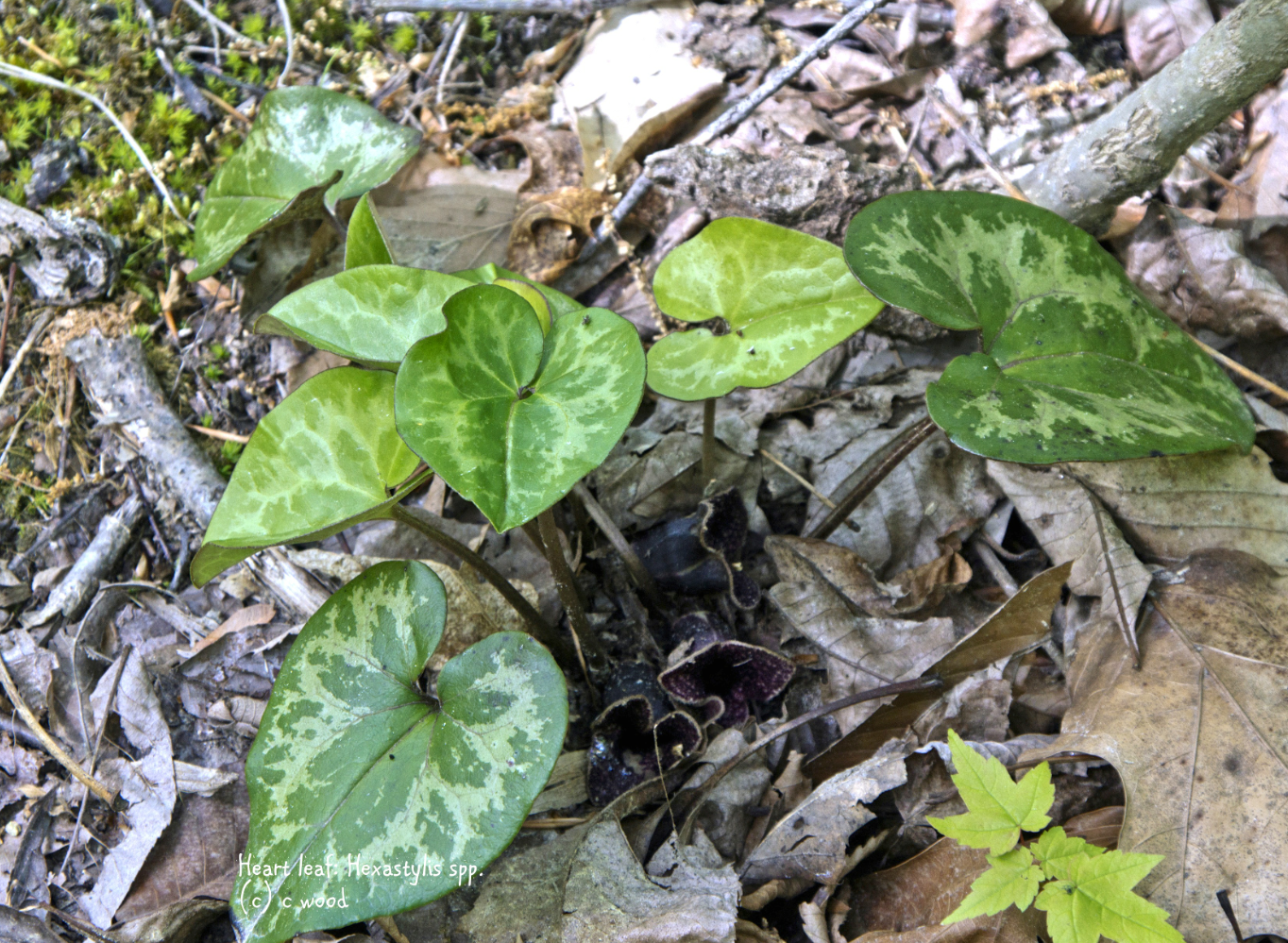Signs of Spring
Published 4:35 am Thursday, March 17, 2016

- A hexastylis plant with blooms is a sure sign of spring. Signs of spring are waiting — time to hit the trails.
Spring won’t officially be here for a few more days, but it’s definitely time to hit the trails. There’s so much to see this time of the year, and so much of it comes and goes very quickly.
Let’s take a virtual walk around our area. Have you checked your lawn recently? Many of the early blooming spring “weeds” are back. They like cool weather. Look for common chickweed (Stellaria media), which has small star shaped white blooms and fuzzy leaves. Yes, it’s a very annoying cool season annual and native of Europe that’s very difficult to eradicate, but check it out up close and I suspect that you’ll be amazed by the delicate nature of the blooms.
While we consider this plant a weed, in Japan it’s one of the seven herbs used in salads. There’s also a larger chickweed, star chickweed (Stellaria pubera) that makes a beautiful addition to shade gardens. It has five petals that are so finely cut that they look like 10. The flowers are white and often take on a pinkish tone as they age. It’s easy to find in most local wooded areas, including Twin Lakes, Bear Creek Lake and Holliday Lake state parks.
If you walk the woodland trails at Twin Lakes about now, you’ll find both common wild ginger (Asarum canadense) and several different kinds of heartleaf (Hexastylis spp.). While both have heart-shaped leaves, they also have marked differences. Common wild ginger is a perennial ground cover with velvety green leaves; heartleaf forms clumps and has leaves that can be either green or mottled. Both have drab brownish to maroon blooms close to the ground. Both plants are excellent additions to the home garden as long as there is well-drained acidic soil and shade. Heartleaf generally requires more shade than common wild ginger.
Until recently, the conventional wisdom has been that both common wild ginger and heartleaf were pollinated by carrion seeking flies. According to the Virginia Native Plant Society, however, several recent studies indicate that common wild ginger is primarily self-pollinated. The case of heartleaf is more complicated. The anthers and stigmas in the blooms are too far apart for easy direct self-pollination. Apparently visiting insects move pollen around within each bloom, so most species of heartleaf are self-pollinated, but with the assistance of insects.
No weeds in your lawn and no time to visit a local state park? Then check out the flat area behind Charley’s Waterfront Café where First Fridays concerts are held. On sunny days you’ll find hundreds of spring beauties (Claytonia virginica), as well as many Virginia bluebells (Mertensia virginica). They’re welcome signs that spring is here.
CYNTHIA WOOD is a master gardener who writes two columns for The Herald. Her email is cynthia.crewe23930@gmail.com.



